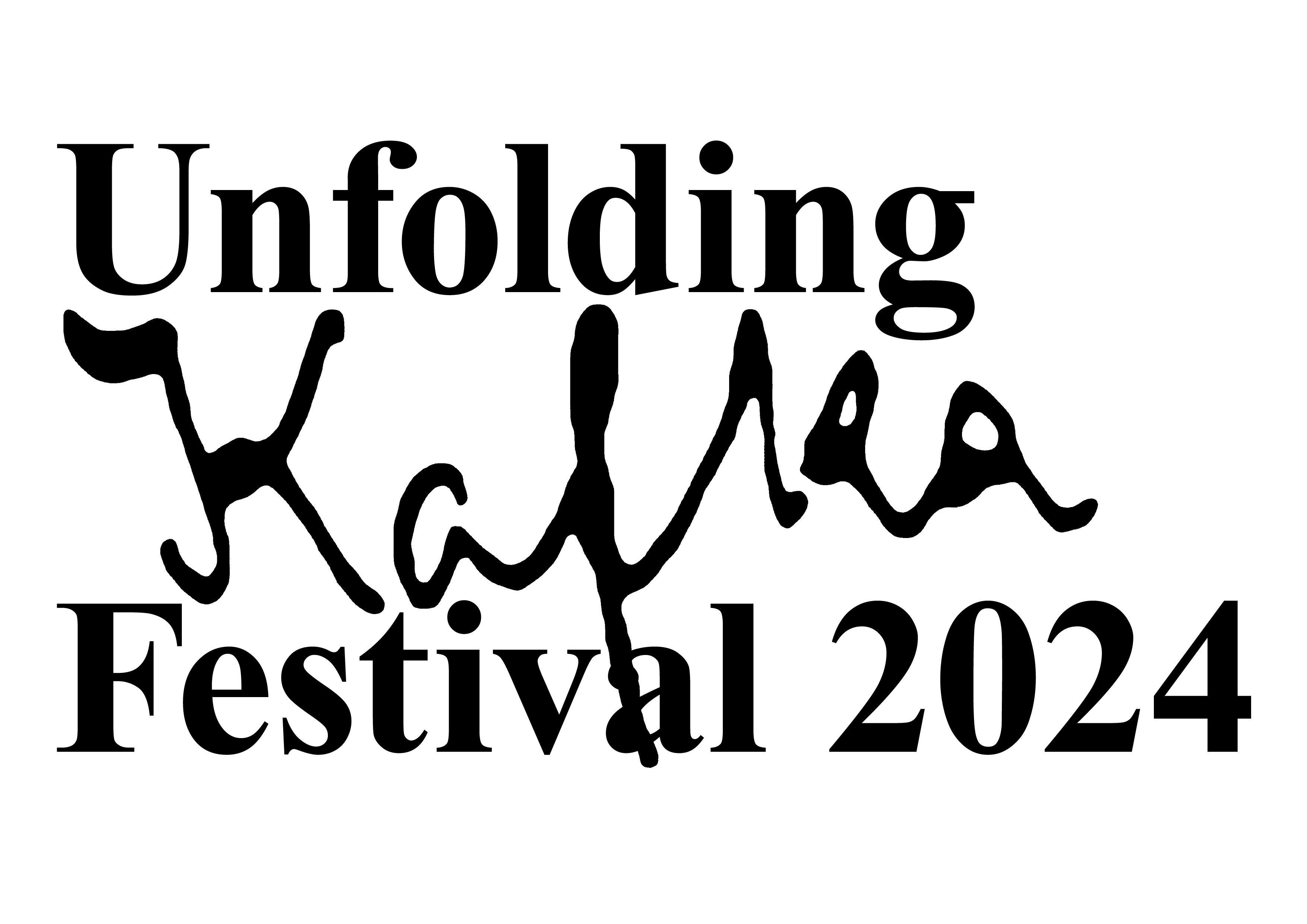

Origami is the traditional Japanese art of paper folding, The goal of this art is to transform flat sheet of paper into Kafka’s creature, becoming a huge installation, through folding and sculpting techniques, and to pay much attention to “space” where Kafka’s protagonist’s body is able to move.
Unfolding Kafka’s metamorphosis will pose the question of how choreography, physical movement, Origami installation and visual art interact and which processes facilitate a translation from one to the other. Conceived as a performance installation, this new work focuses on the interaction between space and the human body, choreography and dance, sound and visuals, interaction and participation. The audience becomes a part of the work.
One of the many ways of interpreting The Metamorphosis is to see it as being about a person who puts forward flimsy little legs and a useless mouth as the signs of a total incapacity to bear the burden placed upon him. He literally puts up a protective shell around himself as an expression of his refusal to take responsibility any more. In this state he finds some sort of hope for peace. But the marvel of The Metamorphosis is that it has as many meanings as it has viewers.
Cicadas design (origami)
“Periodical Cicada” and “Flying Cicada” designed by Robert J. Lang
“Cicada” designed by Hisao Fukui
Origami folded by:
Yoko Seyama, Benjamin Tadif and Thai-Niche Institute of Technology Origami Club: Ekkasit Khemnguad, Pattanan Kusalasai, Rattana Assavakongprateep, Tanatip Kositpipatt and Phakram Srithong
Lighting designer
Jirach Eaimsa-ard
Yoko’s art assistants
Krittathat Taveetanathada, Parichat Tanapiwattanakul, Piroonmas Kajorndechakul, Chomphupak Poonpol, and Sakulrat Sattaratanakpl
ArtistYoko Seyama Year 2015Venue Rose Hotel BangkokUrlhttp://www.yokoseyama.com